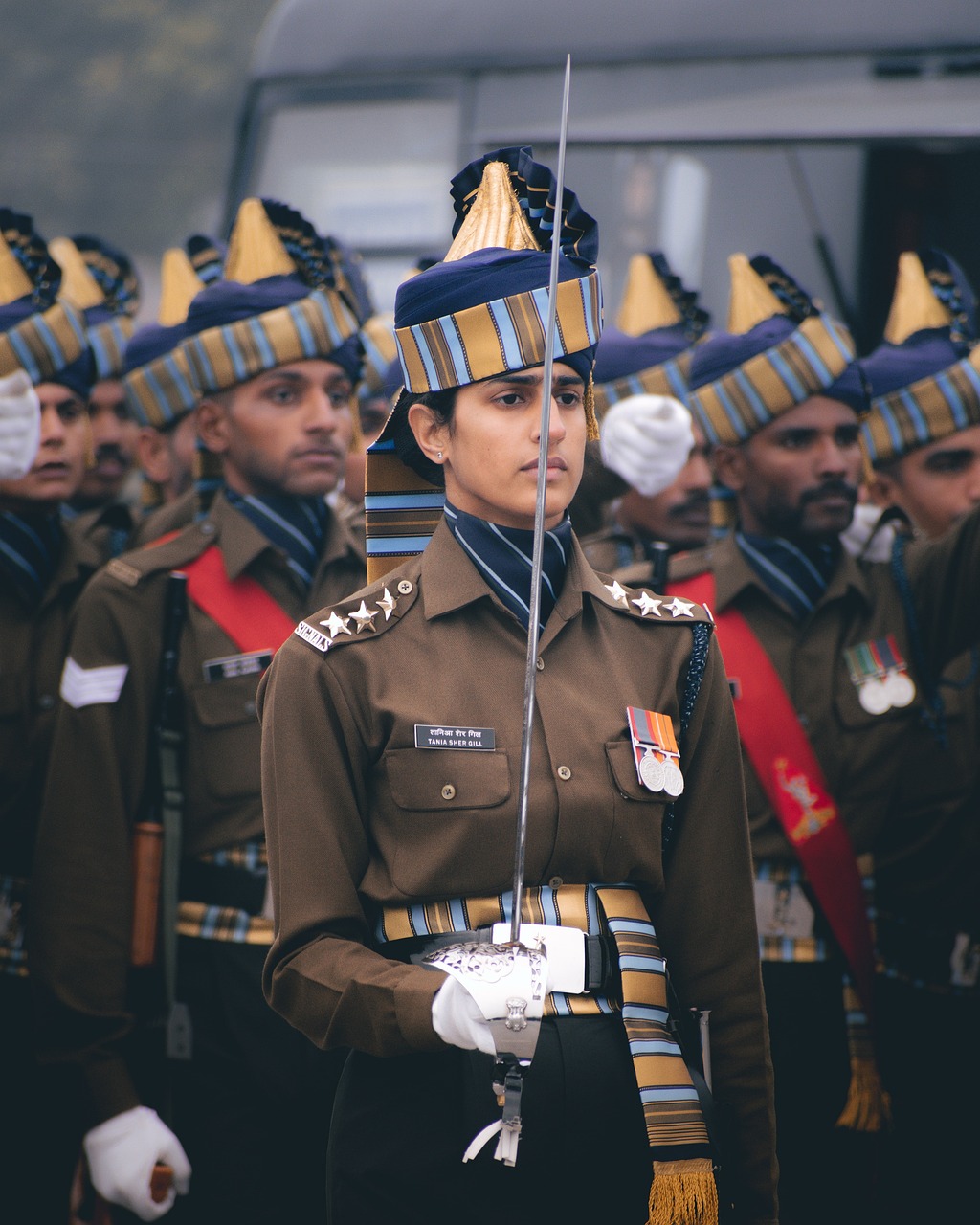
World War 1 Uniforms: A Comprehensive Guide to WWI Military Attire
Published on Feb 22, 2025
World War 1 Uniforms: A Comprehensive Guide to WWI Military Attire
Introduction to WW1 Uniforms
World War 1 (1914-1918) saw dramatic changes in military uniforms due to shifting battle tactics and the harsh conditions of trench warfare. Many armies still wore traditional 19th-century-inspired uniforms at the outbreak of the war. However, as the conflict progressed, practical and protective gear replaced decorative elements.
British World War 1 Uniforms
Early War British Uniforms
At the start of WW1, British soldiers, known as Tommies, wore the 1902 Pattern Service Dress. This uniform consisted of:
- A khaki wool tunic with brass buttons
- Matching trousers
- Puttees (cloth wraps around the lower legs)
- Brodie helmet (introduced in 1915 for better head protection)
- A standard-issue Webbing Set for carrying ammunition and supplies
Adaptations for Trench Warfare
Trench conditions required modifications to uniforms, such as:
- Steel Brodie Helmets (introduced in 1915) replacing soft caps
- Waterproofed trench coats to protect against cold and mud
- Gas masks to counteract chemical warfare
- Wool-lined greatcoats for winter campaigns
American World War 1 Uniforms
When the U.S. entered the war in 1917, the M1917 Service Uniform was introduced. It closely resembled British designs but had key differences:
- A khaki-green wool tunic with four pockets
- Wool breeches and wrap-around puttees
- Steel M1917 helmet (similar to the British Brodie helmet)
- Brown leather boots for durability
- Overcoats and trench gear for extreme weather
American forces adopted many British and French uniform features but retained a distinct identity through insignia and tailoring.
Other Allied and Central Powers Uniforms
- French Uniforms: Blue greatcoats and red trousers (early war), replaced by horizon blue uniforms for better camouflage
- German Uniforms: Field-grey tunics, Pickelhaube helmets (later replaced by steel Stahlhelms in 1916)
- Austro-Hungarian & Russian Uniforms: Diverse styles reflecting regional conditions
The Role of Insignia and Rank in WW1 Uniforms
Insignia played a vital role in identifying rank and regiment. Common features included:
- Shoulder patches and chevrons for rank distinction
- Unit badges and divisional markings
- Regimental buttons denoting specific corps
Materials and Fabric Used in WW1 Uniforms
Uniforms were primarily made from wool, which provided warmth but absorbed moisture. Cotton and leather were also used for accessories, while metal and brass were featured in buttons and badges. Soldiers often wore multiple layers to combat cold and wet conditions.
Conclusion: The Legacy of WW1 Uniforms
WW1 uniforms evolved significantly to meet the demands of modern warfare. The shift from decorative to practical attire influenced military fashion in future conflicts. Today, original WW1 uniforms are preserved in museums and collections, offering insight into the lives of soldiers who served.
By understanding the history and design of World War 1 uniforms, we gain a deeper appreciation for the sacrifices and challenges faced by those who wore them. Whether you're a history enthusiast, collector, or researcher, studying these uniforms offers a fascinating glimpse into military history.
